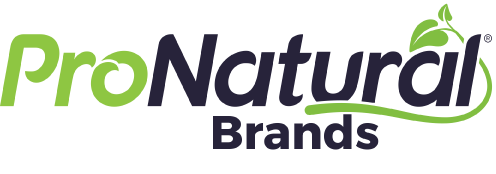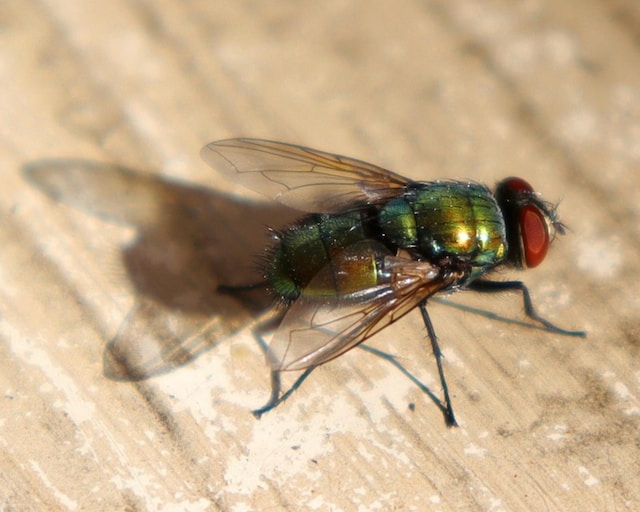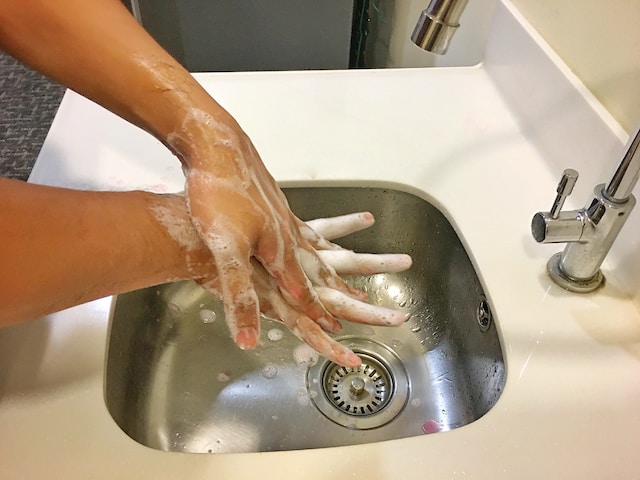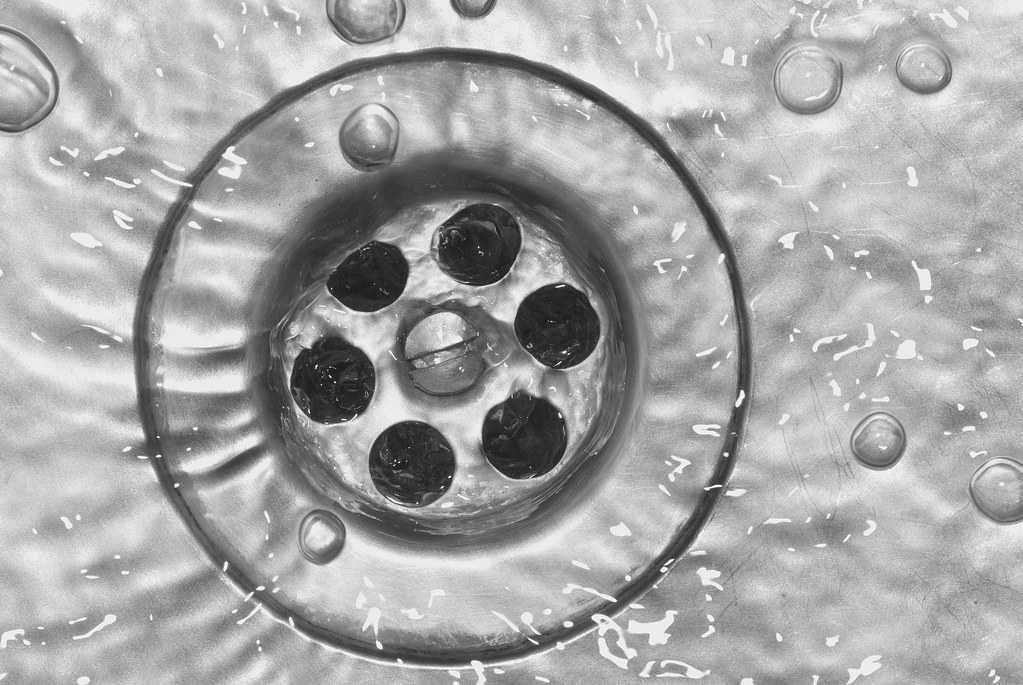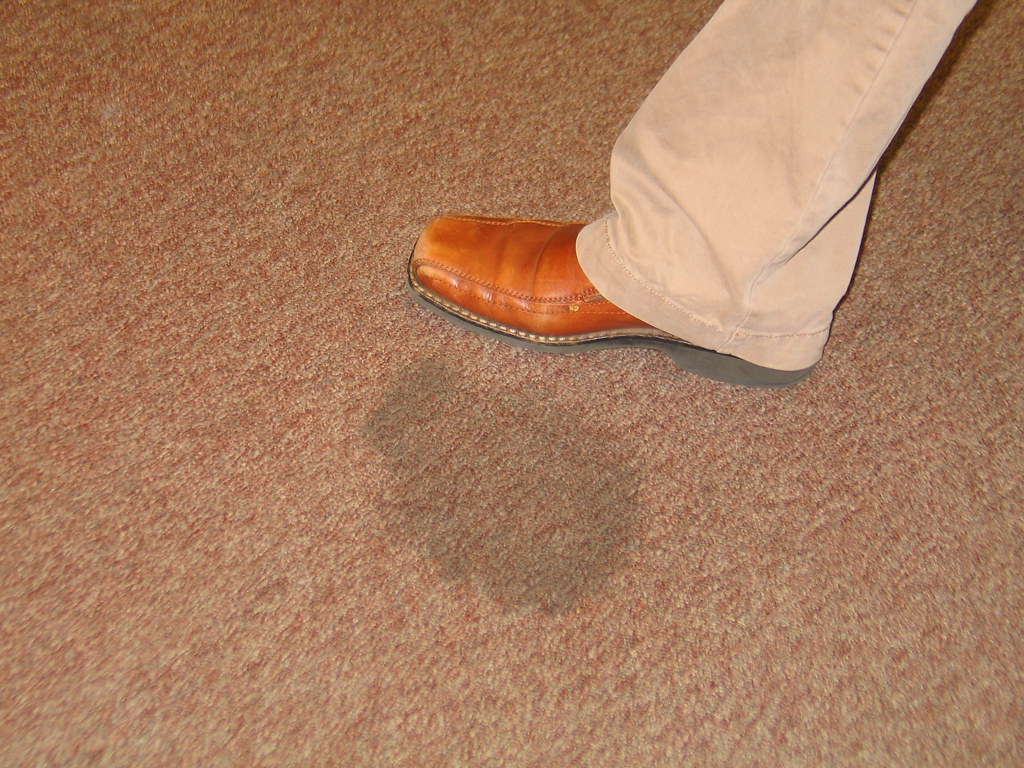Whether you are cooking in a commercial kitchen, a school kitchen, or your own kitchen at home, hopefully, you are adding fruits and vegetables to everything you serve. And hopefully, once again, you are taking a couple of minutes to ensure those fruits and vegetables are clean, healthy, germ-, virus-, and bacteria-free.
The problem with fruits and vegetables is that from planting and cultivation to spraying with pesticides to packaging and transporting, they can be subjected to an entire host of contaminants. And because fruits and vegetables tend to be moist, especially if they have developed small fissures, they can become a welcome host to various bacteria.
Add to this the fact that so often fruits and vegetables are consumed raw, and we can see that if not thoroughly cleaned, they can be a significant risk to our health. Further, we are learning now that this also applies to fruits and vegetables that have been prewashed. Even fruits and vegetables that have been prewashed should be washed and cleaned once again before consumption to ensure they are safe and healthy to eat.
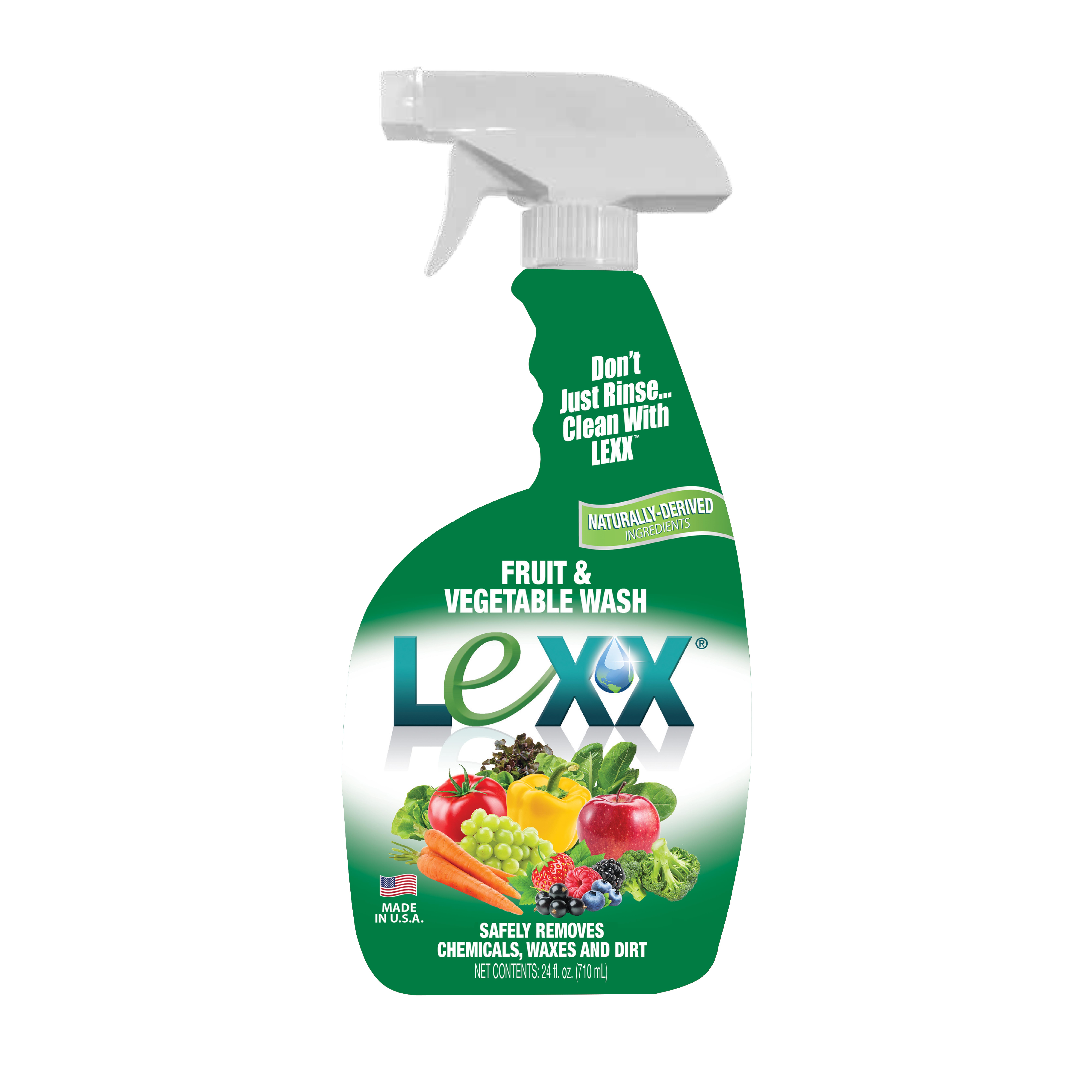
Thoroughly Cleaning Fruits and Vegetables
For these reasons, we need to know how to thoroughly clean these food items. Follow these six steps to thoroughly clean these food items before preparing or consuming them:
- Always wash your hands thoroughly before working with fruits and vegetables that will later be consumed.
- When washing these food items, do so before splitting, peeling, or cutting. This prevents pathogens on the outside surface of the food from transferring to interior surfaces.
- Remove any outer stems and leaves. To save a processing step, some stems and leaves are often left on the fruit and vegetables delivered to commercial kitchens. These must be removed before cleaning.
- Rinse the fruit under fresh running water for about two minutes or place the food items in a large container and soak for at least two minutes. The goal here is to remove larger debris from the produce.
- If the fruit needs to be scrubbed to remove debris, do so with a soap-free brush or sponge.
- Thoroughly clean all cooking utensils used in the washing process. This will help prevent cross-contamination.
Some of these steps can be eliminated with the use of citric acid cleaning solutions specifically designed to clean fruits and vegetables. In fact, what is proving to be one of the most effective ways to clean and disinfect fruits and vegetables – at home or in a commercial kitchen – is with products such as LEXX® Fruit and Vegetable Wash, a ready-to-use citric acid cleaning solution.
With this product, citric acid is sprayed right out of the bottle and onto the fruits and vegetables. Rub for about twenty seconds or allow the sprayed food items to dwell on a clean surface for about 30 seconds. Then rinse thoroughly.
LEXX quickly goes to work removing most all forms of contaminants on the food items as well as wax, agricultural chemicals, and preservatives. Plus, food items stay fresh longer, which can prove to be a genuine cost saver. LEXX can be used on standard and organic fruits and vegetables, and to ensure it is effective, the Food and Drug Administration has approved it.
Citric acid is 100 percent naturally derived from lemons, limes, and other citrus fruits. It has been used for cleaning all types of food items – as well as floors, walls, and surfaces – since ancient times and is well-known for its disinfecting and antibacterial properties.
So, let’s keep eating fruits and vegetables; the more, the better. But let’s also make sure they are clean and healthy. LEXX Fruit and Vegetable Wash ensures they are.
Lee Chen is President and COO of ProNatural Brands, LLC, manufacturers of natural, sustainable, and effective citrus-based cleaning solutions. To contact us, click here: Contact – Pronatural (pronaturalbrands.com)
